Writing this intro a few days ago, I was going for something completly different. But as I was putting together the poster below, with all the items I bought this month, I stumbled on something that made me rethink my intro.
See that little black bag in the corner? My original caption was “Not in the best shape. I made a mistake.” And honestly, that’s how I felt. As I unboxed it, I found scratches, a replaced panel, and some fading. Not ideal, but for 35€ on Vinted, it didn’t seem worth the hassle to return. So, I kept it.
I didn’t know much about it, and an initial Google Lens search of the logo hadn’t helped. I could tell it was old—really old—but that was about it. I consoled myself thinking I could still use it as ‘trial bag’ for DIY restoration.
I wanted to tell you all this. It’s important to share the mistakes and the less-than-glamorous sides of a hobby, not just the highlights.
But as I typed out the caption, curiosity hit me. I’d just photographed the bag for the collage, so I tried Google Lens again. A few minutes later, I was staring at a match: the exact bag, crafted by DELVAUX in 1959 to honor the Belgian royal wedding. Mine isn’t authenticated, but it’s likely a 1959 DELVAUX. Did I know the brand before? Nope. But now I’m feeling pretty proud of snagging a piece of history for just 35€! (And relieved I didn’t paint on it.)
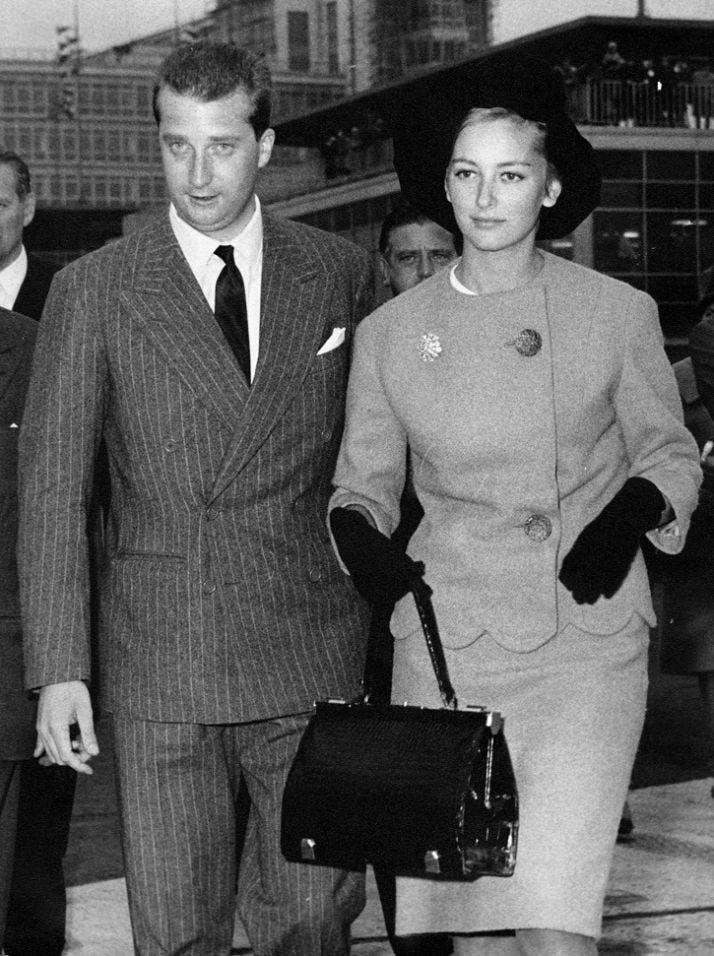
As you’ve probably gathered, I went all in on vintage shopping this month.
Now, I’m not exactly a fashion devotee. Sure, I know what I like, and I’ve got a Pinterest board packed with outfit inspiration that I rarely look at. But day-to-day? I wear whatever’s comfortable and acceptable for the office—usually straight off the drying rack, un-ironed. I carefully plan my outfits only a few times a year, for weddings, dinners, or big events.
Then, last year I inherited a vintage couture alpaca coat, which felt like the most luxurious thing I’d ever owned. It was exciting, but then life moved on, and vintage didn’t really cross my mind again.
Fast forward to late September this year: I went to a vintage event with my sister—and had an absolute blast! I picked up a fur coat for 100€, a cape for 40€, and a couple of hats (which I’ll probably only wear once or twice, I know). There’s nothing like the thrill of a great deal! A few days later, I was fully down the vintage shopping rabbit hole. Hard.
So, here’s what I’ve gathered so far.
the WHY
There’s something thrilling about hunting down a piece you’ve become obsessed with—the anxious waiting, the joy when you succeed, and the doubts that linger in between.
A few weeks ago, I spotted a stunning vintage bag on Vinted. I always check when the seller last logged in, and this one hadn’t been active for a while. That made me nervous—someone could snatch it up at full price before they even saw my offer. Still, I decided to take a chance, sent my offer, and held my breath. I even checked online, but there wasn't another one for sale anywhere!
After a couple of anxious days, I was tempted to pay full price just to end my agony (it wasn't that much anyway! I just love to bargain). But I held on for one more night. The next morning, I got the news: my offer was accepted!
My Furla bag is a perfect example of why this hobby brings me (and potentially you) so much joy:
Treasure hunting thrill. Who doesn’t love a good treasure hunt? Sure, you don’t need to engage in one while vintage shopping. I tried browsing aimlessly, but it just didn’t work for me—there’s too much out there. In a physical shop, it could work, but who has the time? I prefer having a piece or outfit in mind and starting my digital search from there. When I finally find THE piece, it feels incredible. Try searching for an item you’ve had your eye on - but vintage! The treasure hunt doesn’t have to stop there, though—if you’re into it, there’s an entire history waiting to be discovered. Many vintage aficionados skip this step, but for me, digging into its past makes the find feel even more rewarding.
The joy of surprise. With a good treasure hunt comes the thrill of discovery—the excitement of uncovering something after hours of digging. The joy of unboxing the result of your hard work or wearing it for the first time and realizing it fits like a glove. And the surprise of finding out you’ve got a treasure in your hands that neither you nor the seller even knew about!
The satisfaction of a great deal. And of course, there's also the feeling that you scored a great deal—like when I paid just 30€ for a rare vintage Furla in mint condition. Mind-blowing!
Also, I know it’s predictable, but buying vintage is more sustainable. For example, buying a vintage real fur item is far more environmentally friendly than buying a new synthetic one. A vintage leather bag will hold up better than a new one because it’s often lined with natural materials, while new bags typically use synthetic linings, which can cause leather to lose its shape and decompose faster. Plus, vintage bags are generally easier to repair. Vintage items are timeless—if cared for properly, they can last for decades.
About Researching
As you can see, my favorite part is digging for information or finding the perfect piece. I spent hours and hours researching the Furla bag to pinpoint its exact year or at least the moment they started and ended using its logo. I'm still halfway through. I even wrote to Furla but had poor results. I learned a lot though, especially thanks to The Vintage Vault, who does this in her newsletter here on Substack:
1- Google Lens: Start by scanning the label or the entire piece, adding the brand name if you can. I usually focus on labels and logos first, but sometimes the item itself can yield better results. For example, the DELVAUX logo in my bag features only a gold carriage, which returned no results. When I finally put in the entire bag photo, it took me 5 minutes to find the exact match.
2- Dig Deeper: If you get no hits, it’s time to dig a little deeper. N.B. For this phase you need the brand name. With that in hand, research the brand’s history and the various labels they’ve used over the years. For label information, check out the Vintage Fashion Guild, which has a list of well-known labels and articles that explain how to date them.
3- Archives: If you're still stuck, try searching historical archives (I’ve compiled a list of helpful links below). The goal is to find photos—typically in old ads—that feature the logo on your item. For my Furla bag, I found ads with the same logo dated 1984 and 1997, and then one from 1997 with a new version. This helped me narrow the timeframe to 1977-1997 (since 1977 is when they started making bags instead of reselling big brands). It’s a ongoing process, but you get the idea. Aim for the shortest time range possible—ideally within 10 years. And you might even get lucky and find your exact piece in one of those ads!
4- Stitching and Style: If you have no labels, consider dating your piece based on its stitching and style. This approach is considered Expert Level!
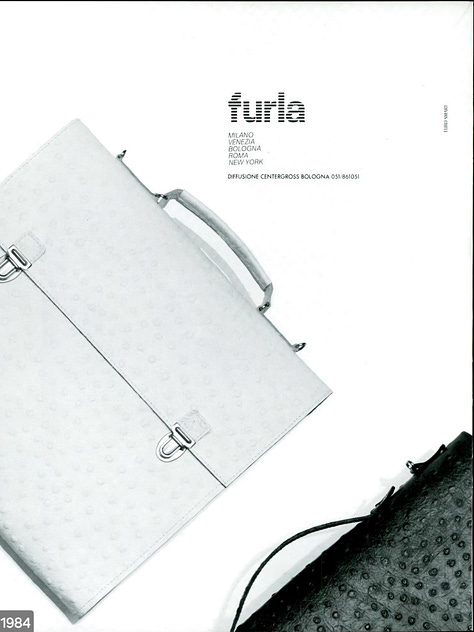
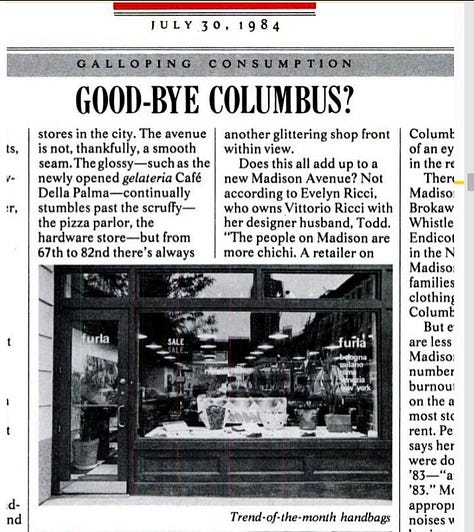
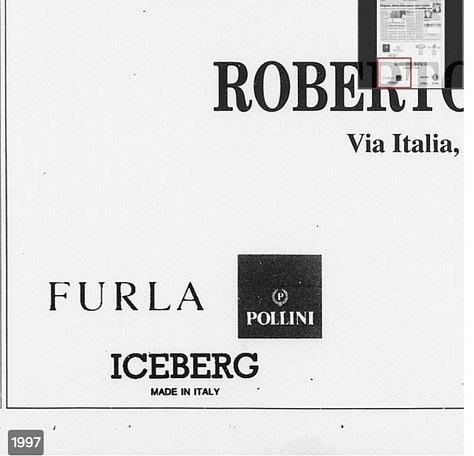
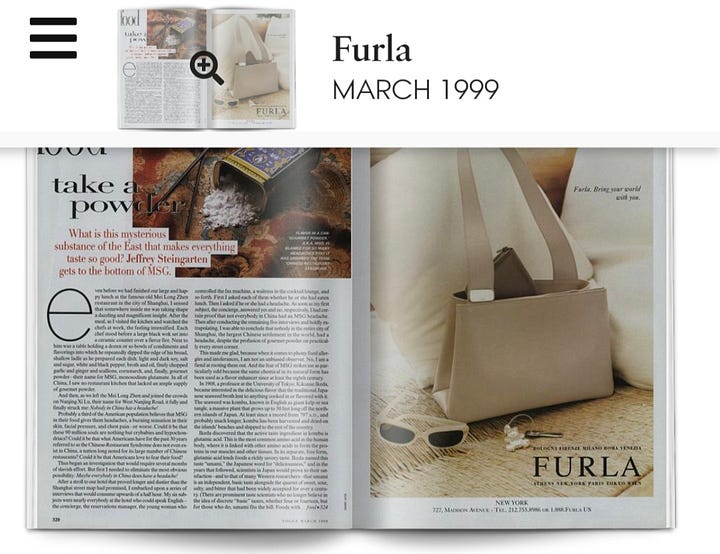

My fav archives online:
Gallica - French Fashion Press from the late 18th to mid-20th century
Perfume Drinker - master list of 349 online archived fashion magazines
Got more? Drop them in the comments!
A hobby for everyone!
I know, at first glance, this might seem like a female-dominated hobby. It's true that most of the creators I’ve encountered are women. But there’s one standout exception: Lorenzo Bises, an Italian IG creator with a very distinctive style and a deep passion for vintage. He’s my go-to for vintage shopping tips in Milan and the best menswear vintage inspiration I know.
If you care about style, want timeless pieces at great prices, or feel like modern fashion lacks quality, vintage shopping is for you, no matter your gender!
And here’s the best part: you don’t have to dress like you’re starring in a 50s movie to enjoy vintage shopping. In fact, there are endless ways to integrate vintage into modern outfits. Start with simple monochrome pieces and clean lines—they’ll be easy to mix into your everyday wardrobe. A good coat, for instance, often feels timeless because its style has remained largely unchanged for years. The same applies to bags.
If you fall for a more statement-making piece, just balance it out with basic items to let that it shine!
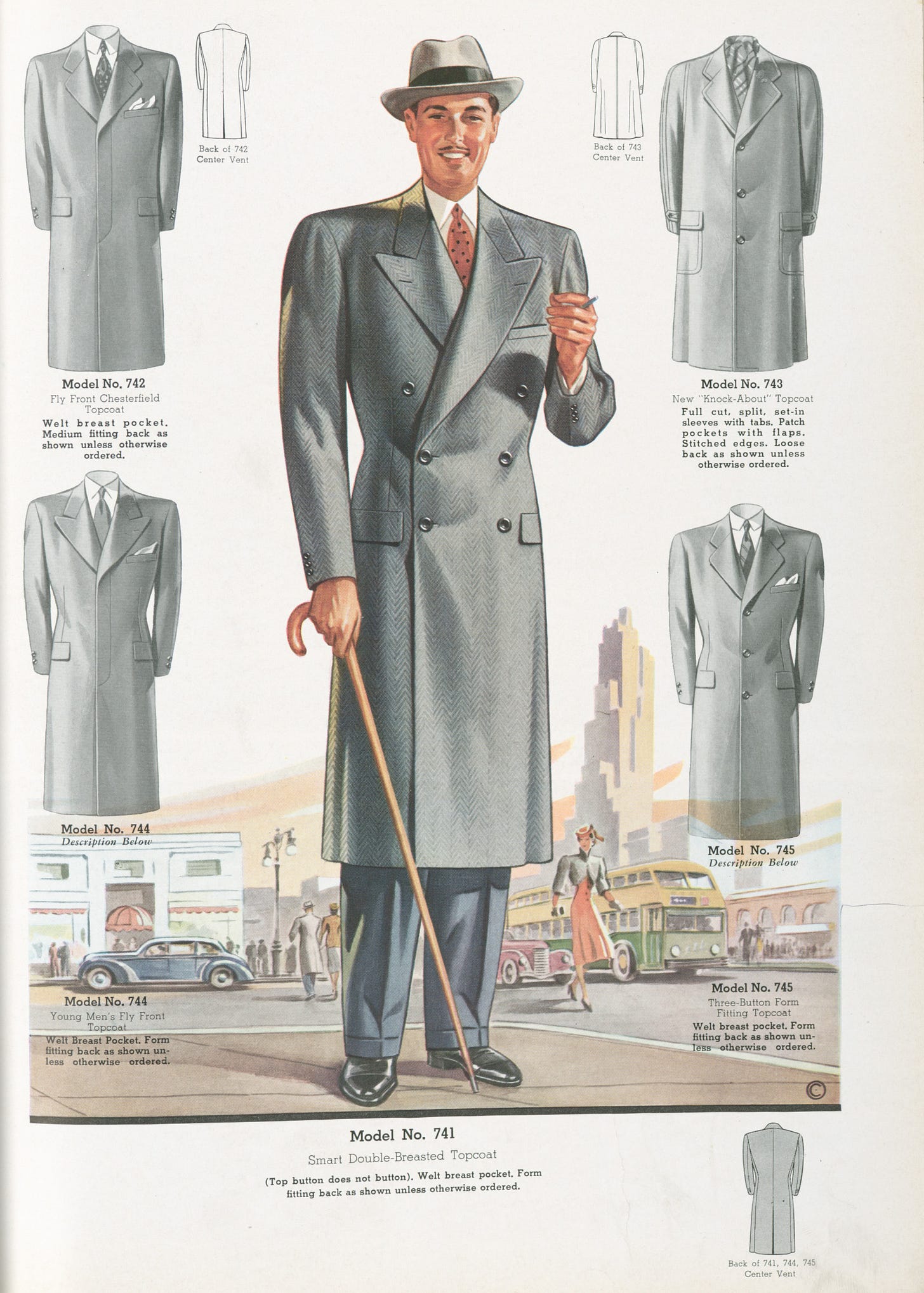
For further inspiration, there are a couple of IG profiles I always refer to when looking for vintage outfit ideas:
Jenny Walton (who also has a wonderful newsletter here on Substack)
Lilah Ramzi (a Vogue editor)
Jenny is one of my favorite creators on IG and my go-to for everything style-related. And Lila Ramzi makes me dream of attending fancy events just to find a spectacular vintage dress like hers to wear.
But WHERE, HOW, and WHAT?
Finding vintage treasures means knowing where to look, how to shop, and what to search for.
First, you need to know your measurements. Vintage sizes differ from modern sizes and aren't standardized, so always refer to measurements. Seems tedious, I know, but trust me, it’s worth it! This method helped me snag a skirt that fits me like a glove.
When it comes to shopping, I typically lean toward coats and bags, because it’s easier to find them in great quality and condition. Skirts come in third place since I can figure out the measurements more easily.
Here are some of the marvelous coats I've stumbled upon, with links in the captions (I've already collected too many!).
Regarding where to shop, online, you’ve got plenty of options. My favorites are:
Etsy
eBay
Vinted
Vestiaire Collective
Pro & Cons: Vinted’s great for deals but has amateur photos and is EU-only. Vestiaire Collective is the place for high-end couture, though it can be a pricey and boring. Etsy’s well organized with mostly professional and great photos but beware—fake vintage items can slip through despite the filters. eBay it’s a bit of a mess, but full of the wildest, most unique pieces, if you dig deep.
On this note, a must-read is Thanks, it’s from eBay Substack newsletter where I’ve found pieces I would’ve never discovered otherwise!
It’s important to consider that many of these sites feature sellers who aren’t professionals, which often results in less-than-stellar photos. These items might stay longer on the market, so they’re usually priced lower. Don’t let an unappealing photo stop you—if you can clearly see the item and any flaws, still give it a shot. You’d be surprised at the gems you can find this way! The two bags I bought had just a few dark, poorly lit photos each, from sellers who weren’t into vintage. I still took the chance, with great success, I may say!
Dark-colored items can be trickier to evaluate. If you’re interested in something, take a few extra minutes to ask the seller for more details or photos. When it comes to bags, focus on the corners, handles, and metal pieces.
That said, I went on the hunt for a black or blue dress for my New Year's Eve dinner, and now my collection is overflowing with options. I’ve included a few of my favorites here for you!
Care to care?
Once I find a piece I love, the next step is ensuring it stays in great condition—because the older it is, the more it deserves special attention.
My go-to source for care tips has been 1-800-vintage on Substack. She’s a pro vintage seller, and her newsletter has been a goldmine for everything from stain removal to the importance of tailoring and general garment care. I can’t recommend it enough, and her article “Tiny Vintage” is a must-read for everyone venturing into vintage.
I’ve also heard storing vintage clothes in acid-free tissue paper or white cotton is ideal. While I haven't tried it yet, I do store my bags in dust bags with stuffing paper to preserve their shape. I’m also on the lookout for a good leather care product—if you have any recommendations, let me know!
So, yes, there’s plenty to consider, but with a good tailor and dry cleaner, you’re good to start.
So now you know:
Why
Where
What
How
And you've got plenty of links and six amazing people to check out!
In the end, this is my biggest takeaway: If I was able to score two amazing bags in less than a month—mostly relying on my instinct—I’m confident you could do even better! Trust me, once you land that first gem, you’ll be hooked!Of course, to close, I couldn’t skip sharing some interesting facts I discovered along the way:
H&M and Zara have been rocking the fashion world for decades! H&M started in 1947 as a small women’s shop in Sweden and expanded after acquiring a hunting and fishing store. Zara was founded in 1974 in Spain, quickly revolutionizing fast fashion.
Ralph Lauren started his fashion career designing ties! His first line launched in 1967, featuring distinctive bold colors and unique patterns that gained immense popularity.
Only 16 fashion houses can officially use the term “haute couture.” This designation is protected by law in France, ensuring that only those adhering to strict standards can claim the title.
The first sunglasses were invented in the 12th century by Chinese judges to hide their eyes while interrogating witnesses. It wasn't until the 1920s that sunglasses became a popular fashion accessory, largely influenced by Hollywood stars wearing them.
The term "bikini" was coined in 1946 after the Bikini Atoll, where atomic bomb tests were conducted, suggesting that the swimsuit would create a “bombshell” reaction in the fashion world.
And that’s a wrap! Thanks for sticking with me🧡

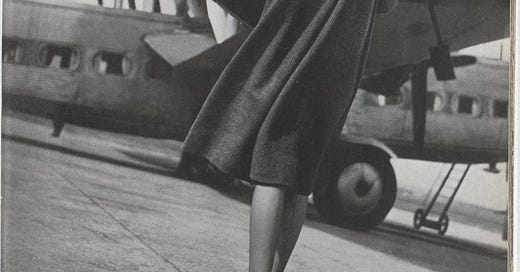


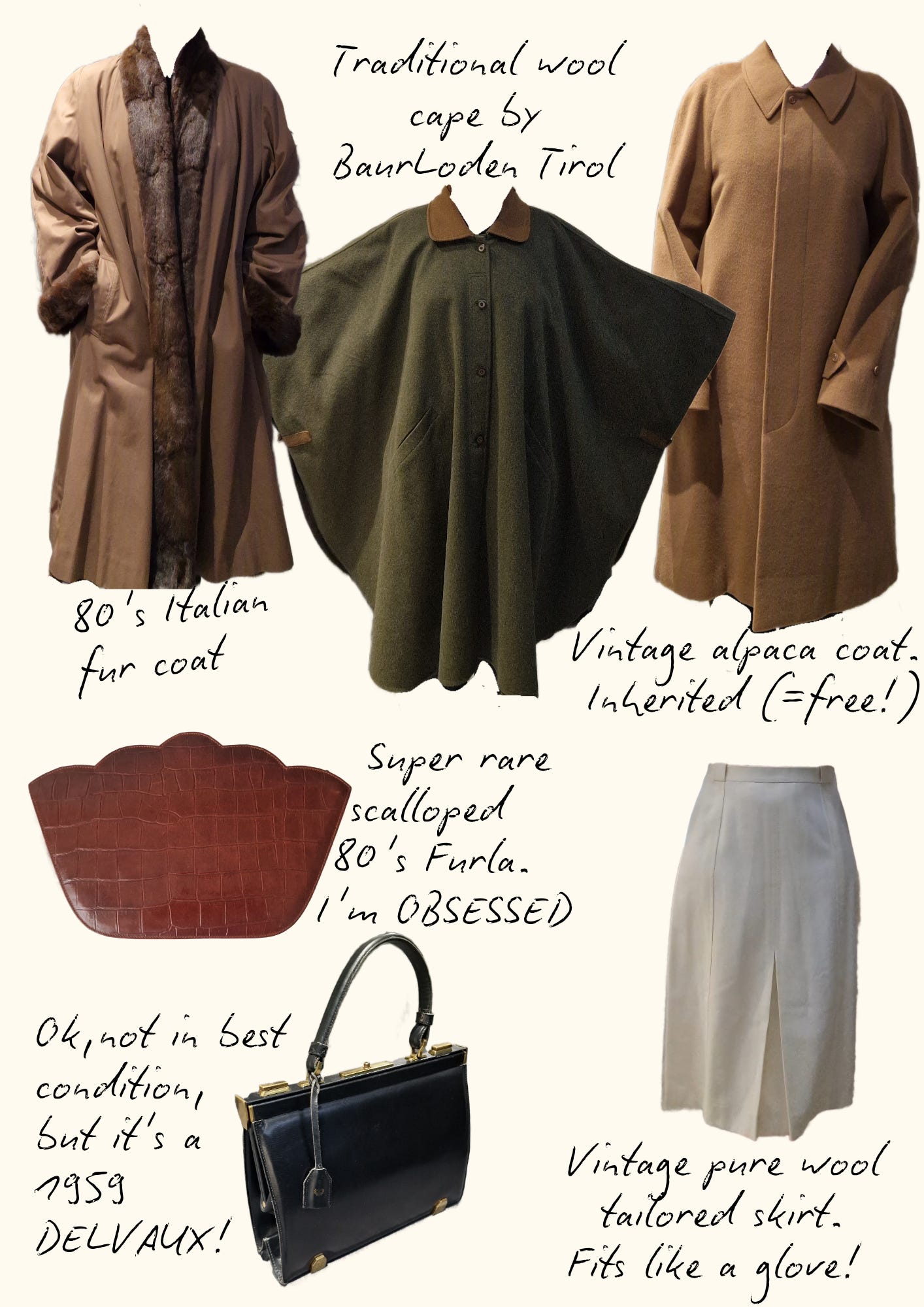
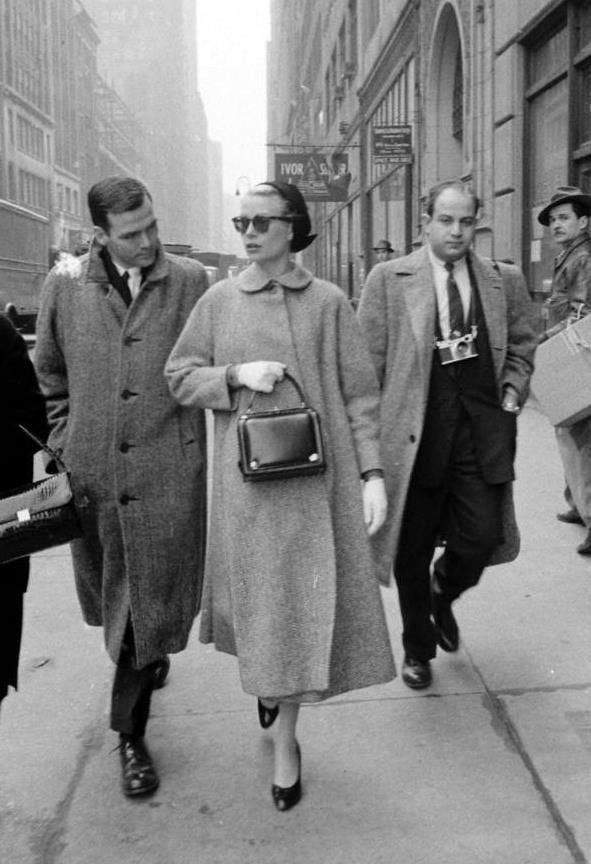
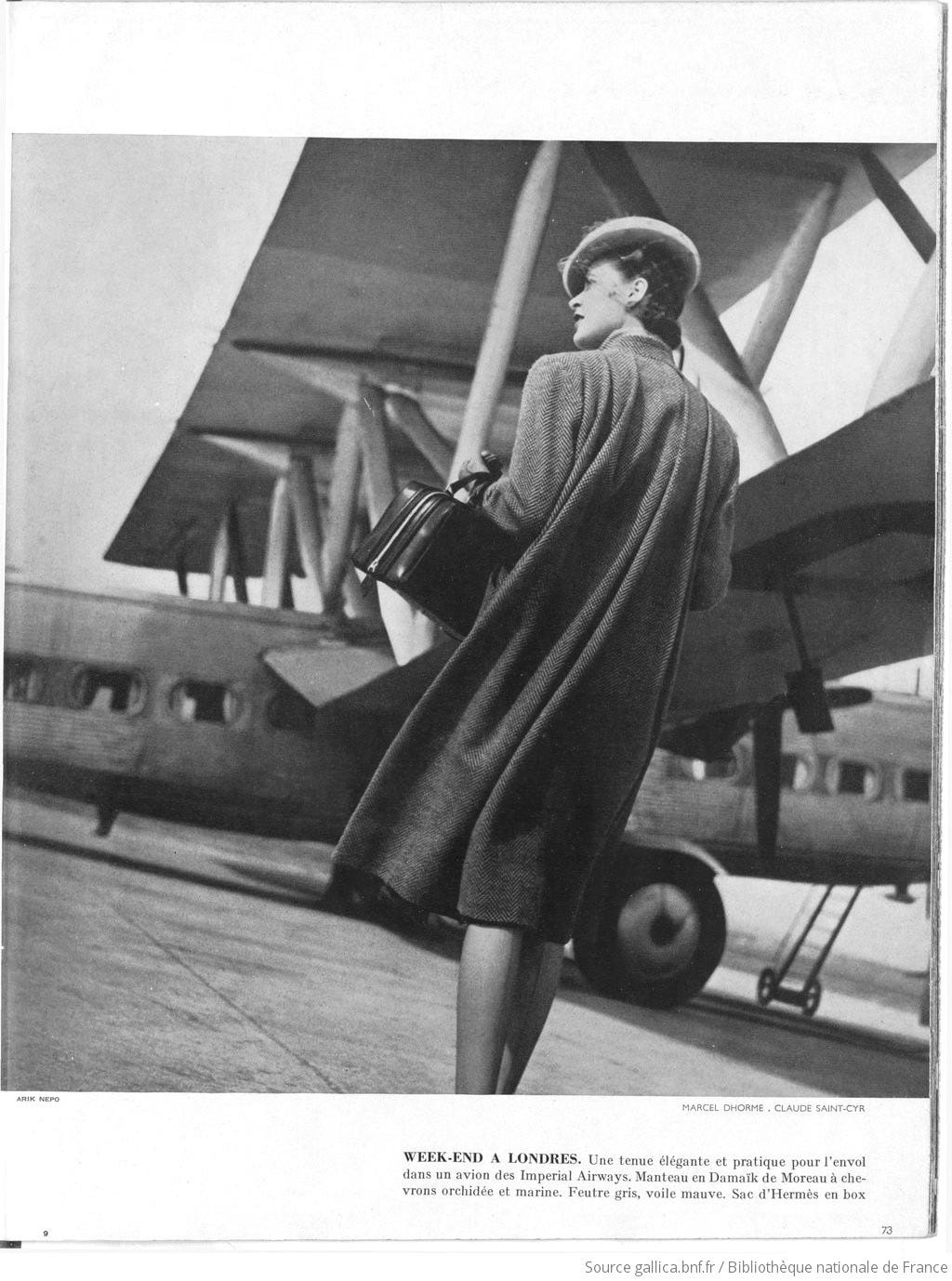


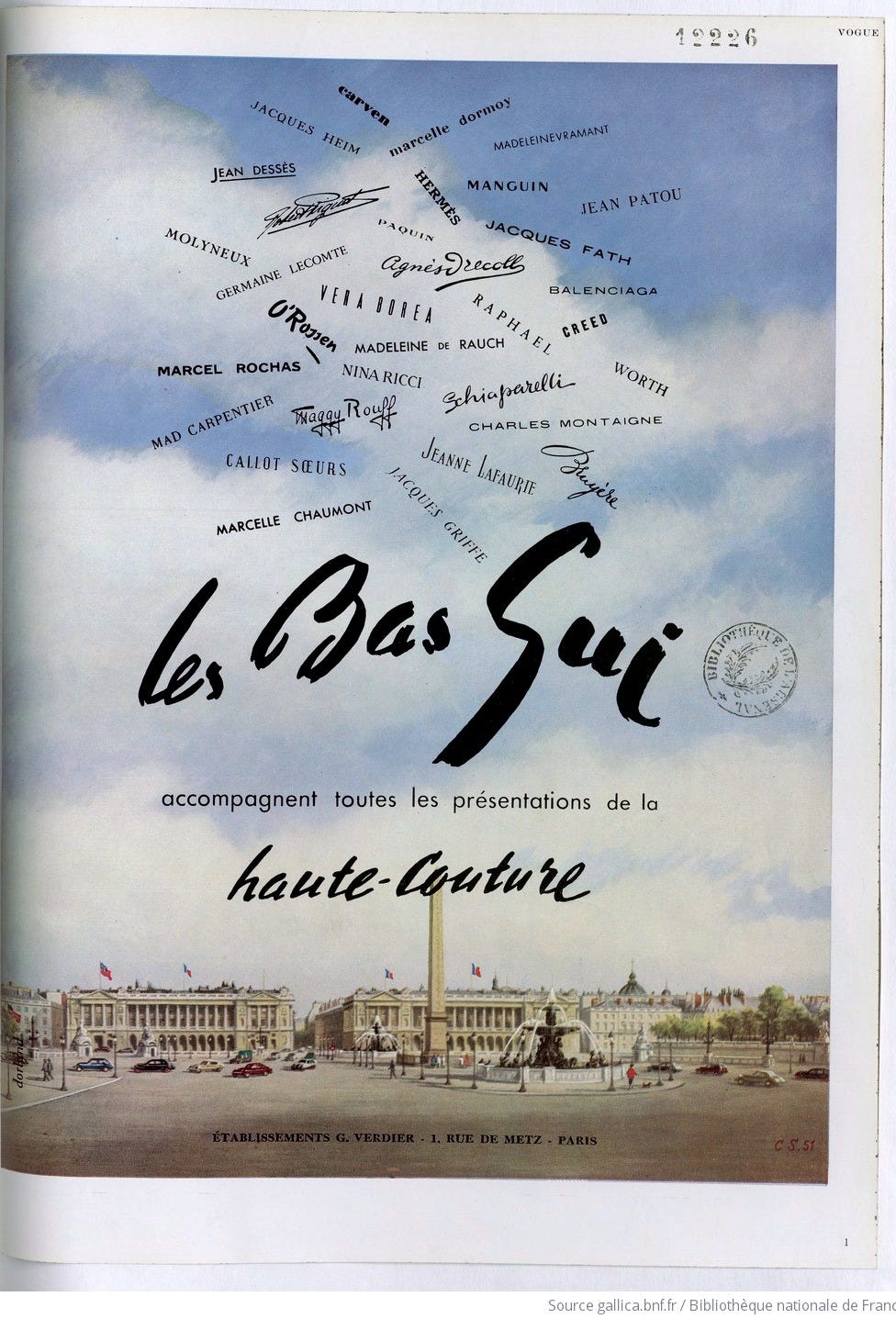
Totally saving all these resources for future reference!